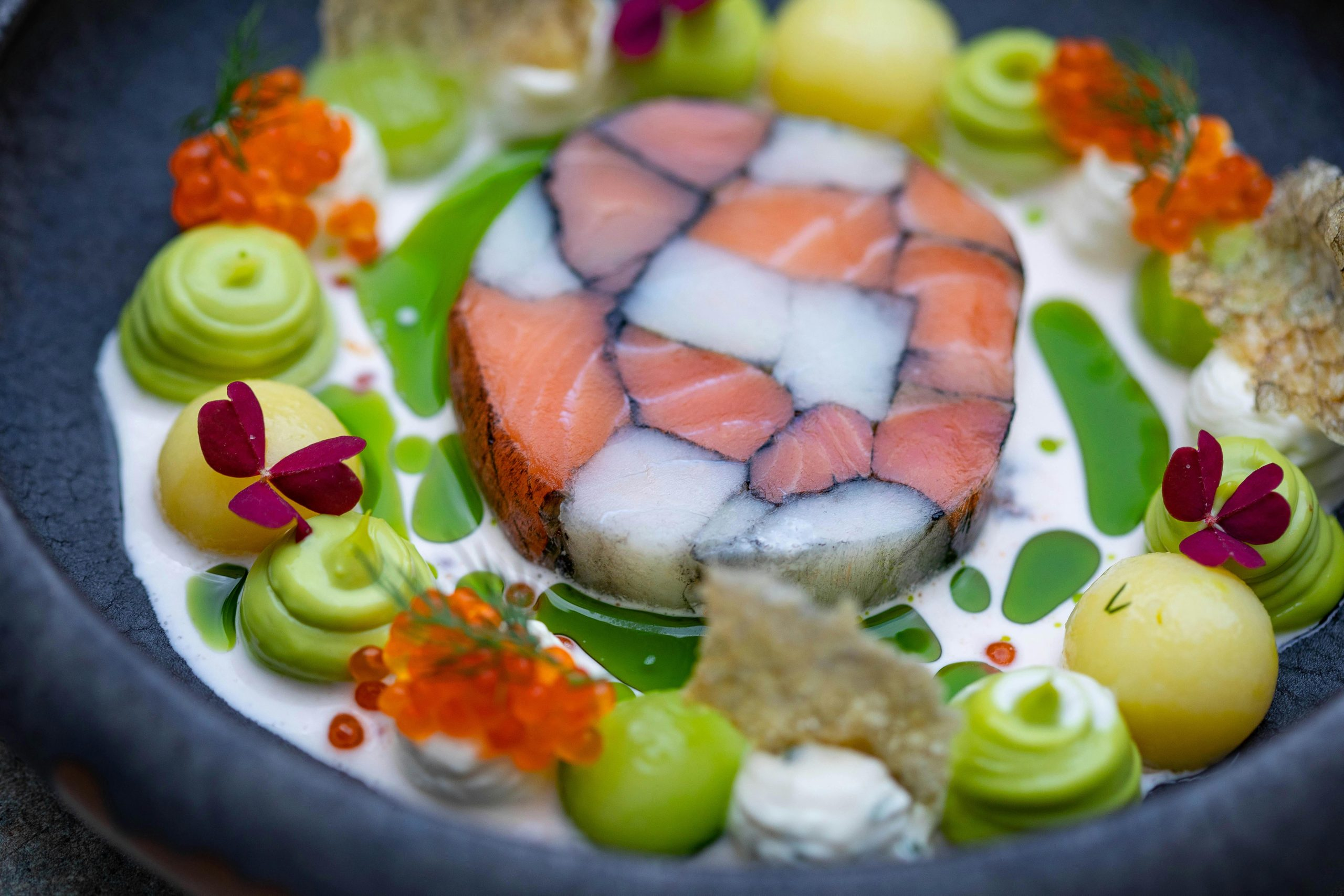Lab-Grown Seafood: From Salmon Sashimi to Caviar Without Fishing
Welcome to the future of seafood! Lab-grown seafood is revolutionizing the industry by providing a sustainable and ethical alternative to traditional fishing. From salmon sashimi to caviar, the possibilities are endless when it comes to lab-grown seafood. Not only does it offer a guilt-free dining experience, but it also has the potential to alleviate the pressure on our oceans and marine life. Join us as we dive deeper into the world of lab-grown seafood and explore its many benefits.
The Rise of Lab-Grown Seafood
The idea of lab-grown seafood may seem like something out of a science fiction movie, but it has been in the works for decades. In the 1980s, scientists began experimenting with tissue culture techniques to grow animal cells in a lab. This technology eventually made its way to the seafood industry, with the first lab-grown fish being successfully produced in 2002. Since then, the demand for sustainable and ethical food options has skyrocketed, leading to the rise of lab-grown seafood.
How Does It Work?
The process of creating lab-grown seafood starts with obtaining a small sample of cells from the desired marine animal. These cells are then placed in a lab-replicated environment that mimics the natural conditions necessary for cell growth. Through a process called cellular multiplication, these cells multiply and differentiate, eventually forming muscle and fat tissues. These tissues are then harvested and processed to create the desired seafood product, from fillets to caviar.
The Advantages of Lab-Grown Seafood
One of the biggest advantages of lab-grown seafood is its sustainability. Our oceans are already facing immense pressure from overfishing and climate change, and lab-grown seafood offers a way to reduce our dependency on wild-caught seafood. It also eliminates the bycatch associated with traditional fishing methods, which can unintentionally harm other marine species. By cultivating seafood in a lab, we can also reduce the use of antibiotics and other chemicals commonly used in fish farming, making it a healthier option for consumption.
Moreover, lab-grown seafood is cruelty-free as it does not require the slaughter of animals. This makes it a popular choice among vegans and vegetarians who still crave the taste of seafood. And with the growing concern over microplastics in our seafood, lab-grown seafood offers a microplastic-free alternative.
From Salmon Sashimi to Caviar
One of the most exciting aspects of lab-grown seafood is its versatility. It can be used to create a wide range of seafood products, from classic dishes like salmon sashimi and fish tacos to luxury items like caviar. In fact, one company has already produced lab-grown caviar using a combination of lab-cultured sturgeon cells and sustainable plant-based ingredients. This has opened up a whole new market for ethical and sustainable caviar, which was previously only available at a high cost and environmental impact.
The Challenges Ahead
While lab-grown seafood offers numerous benefits, it still faces some challenges. One of the main concerns is the cost. Currently, lab-grown seafood is significantly more expensive than its wild or farmed counterparts. However, with advancements in technology and economies of scale, it is expected to become more affordable in the future.
Another challenge is the consumer acceptance. Many people are still hesitant to try lab-grown seafood due to lack of knowledge or misconceptions about its safety and taste. To overcome this, companies need to educate and offer tasting opportunities to the general public, as well as work on improving the taste and texture of their products.
The Future of Lab-Grown Seafood
The potential of lab-grown seafood is immense. With the help of technology and innovation, it has the power to change the way we think about and consume seafood. As it becomes more mainstream, we can hope to see a reduction in overfishing, animal cruelty, and environmental damage caused by traditional fishing methods. It also has the potential to provide a sustainable food source for our growing population.
In conclusion, lab-grown seafood is not just a trend; it’s the future of seafood. It offers a sustainable, ethical, and guilt-free way to enjoy our favorite seafood dishes. As technology continues to advance, we can only expect to see more exciting developments in the world of lab-grown seafood. So the next time you crave some sashimi or caviar, why not give its lab-grown counterpart a try?











